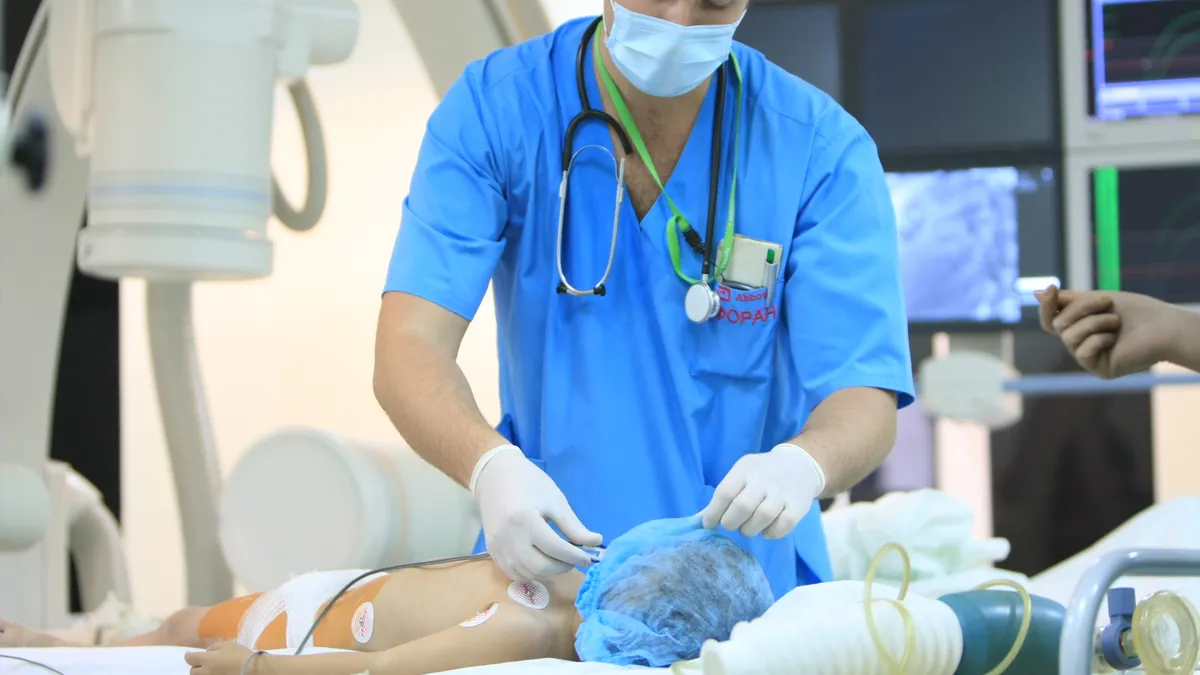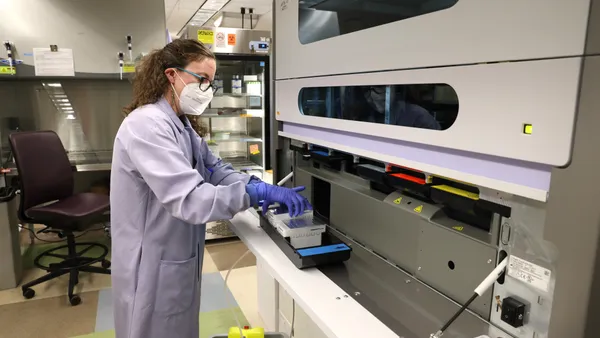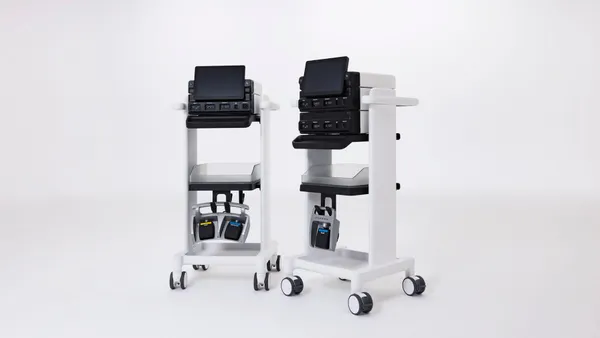Dive Brief:
- Manufacturers of breakthrough devices may have an easier path to CMS reimbursement under an alternative new technology add-on payment model outlined in the Inpatient Prospective Payment System rule for 2020, finalized Friday.
- The policy requires an FDA-designated and authorized breakthrough device to meet certain cost criteria to receive the add-on payment rather than demonstrate the substantial clinical improvement standard required under the existing new technology add-on payment (NTAP) system. The change takes effect with applications for NTAP for fiscal year 2021.
- "This will provide additional Medicare payment for these technologies while real-world evidence is emerging, giving Medicare beneficiaries timely access to the latest innovations in treatment," CMS said in announcing the final rule.
Dive Insight:
The benefits to companies of FDA's breakthrough device designation, which superseded the Expedited Access Pathway begun in 2015, traditionally involved increased interaction with FDA during the premarket development and submission process as well as priority review. The agency intends the program to speed time to market for treatments for life-threatening or irreversibly debilitating diseases or conditions.
Under the final CMS rule, applicants for the designation have yet another incentive: special status when seeking government reimbursement.
"CMS believes it is appropriate to similarly facilitate access to new technology add on payments for these transformative technologies for Medicare beneficiaries," the agency wrote in a summary of the rule, saying the nature of a breakthrough device's expedited review could mean a product may not accumulate an evidence base that demonstrates CMS' current substantial clinical improvement standard prior to receiving FDA authorization.
The pool of device makers eligible for this pathway — those that have both received FDA's special designation and gained marketing authorization — is relatively small.
Between when the program started in April 2015 and July of this year, 11 breakthrough devices have been approved by the FDA, with six through the PMA process, 3 granted a De Novo classification, and 2 cleared through a 510(k). That's out of roughly 186 granted the designation.
Responding to feedback on the proposed version of the rule, CMS offered additional clarity on the substantial clinical improvement standard required for applicants pursuing the existing NTAP without breakthrough designation. CMS noted in the rule that a new technology may meet that standard, in part, when it "reduces mortality, decreases the number of hospitalizations or physician visits, or reduces recovery time compared to the technologies previously available."
CMS pitched a similar version of the IPPS breakthrough device provision in its proposed Outpatient Prospective Payment System proposed rule for 2020, issued last week. The agency wants to create an alternative pathway to its standing device transitional pass-through payment regulations under which breakthrough devices could qualify for CMS' quarterly approval process for device pass-through payment, if received on or after Jan. 1, 2020.
The medical device lobby applauded the final policy. "CMS is both shoring up hospitals’ ability to offer these life- changing innovations and sending a strong message throughout the innovation ecosystem that taking risks to develop new breakthroughs will be supported," AdvaMed President Scott Whitaker said in a statement Friday.













